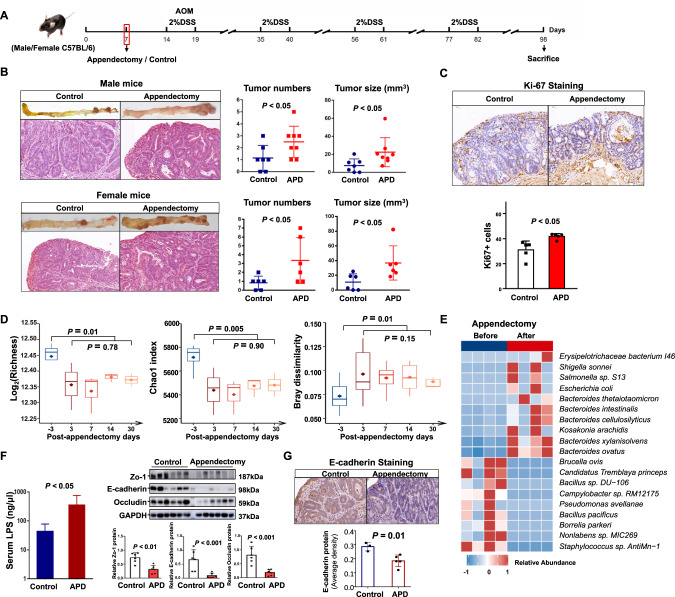Fig. 6. Appendectomy promotes colorectal tumorigenesis through altering microbial composition and inducing intestinal barrier dysfunction in mice.
A Schematic diagram of mice experiment. Appendectomy and control were performed in a AOM/DSS-induced CRC mouse model. B Representative images of colorectal tumors from mice with control or appendectomy (top) and H&E staining of tumors (bottom). The tumor load was evaluated by tumor number and tumor size (mm3). C Immunohistochemistry staining of Ki-67+ cells in colon tumors of appendectomy or control mice. D Gut microbial alpha diversity by richness and Chao1 and the beta-diversity measured by dissimilarity using bray-cutis distance in stool samples collected at baseline (3 days before appendectomy), and 3, 7, 14, 30 days after appendectomy. E Differentially enriched gut bacteria before and after appendectomy in mice. F Serum lipopolysaccharides concentration and Western blot analysis of Zo-1, Occludin, and E-cadherin in colon of Appendectomy and control mice. Band intensity was measured by Image J and the ratio of each band was normalized to the corresponding GAPDH. G The E-cadherin protein expression in colon tumor from appendectomy and control mice.

